Ever wonder what goes on Behind the Scenes, wonder NO MORE
http://froknowsphoto.com/bts-rawtalk/ Click Here for more behind the scenes info.
Yes you get to see what happens on RAWtalk from the perspective of a viewer looking in. But what does RAWtalk look like behind the scenes? How do we go form recording to having the audio and video live in a week.
So lets take a look at a typical RAWtalk day/week. We like to film on Thursdays which so happens to be a day that I hit the gym in the morning. Stephen meets me back at the loft around 10:45 where we start the process of setting everything up.
We start by removing the table top to the poker table and placing it on the side. Next Stephen starts the process of laying out the cables, microphones and arms. We use the RODE Broadcaster Microphones and RODE studio arms. I have regular XLR cables that we ordered off of Monoprice.com.
The XLR's run underneath the table to my counter where they go into the ZOOM H6. The Zoom H6 is powered with an AC adapter so we never have to worry about the batteries dying on us again. This was a fantastic purchase for RAWtalk. Stephen has general audio levels these days for both of us. I tend to yell a lot but I now know to back away from the RODE when I am going to get louder.
For those who are wondering, RODE has become a sponsor and we are very happy to have such a staple in the audio industry on our side. Of course it didn't start off with a sponsorship. We reached out to them in the hopes we could get some gear to review and test out. One thing led to another and we really like working with each other. Like I have said a million times, I wont promote or work with a product that I don't like or wouldn't use.
After the cables and microphones are in place the next step is to move the lights into place. We just started using some Kino flo lights that I purchased from a studio that was going out of business. These are some of the best lights around for shooting video. Many professional studios use these same type of lights.
We set up a large 4x4 bank of lights facing the poker table to be our main light. Next we have background lights so we have even lighting all the way around. We add a small light to the brick behind me as a separation light. And we place other lights around the room to make everything even.
Once the lights are in place we set up the tripods and cameras. The main angle currently uses the Nikon D800 which Nikon has sent me to use for the show. That sits on top of a self leveling Vanguard Tripod. The D800 uses the Nikon 14-24 2.8 set to around 21mm. We no longer record to the memory card as we are testing out the Atomos Ninja 2. The reason we do this is so we have one camera that never cuts recording. The second angle is my angle which is recorded with the Nikon D4 and the 24-70 2.8. We still record to the card here. The third angle is on Stephen and for the time being is recorded with his Canon 5D MK III and the 50mm F1.2. Since we no longer use the gopro for a main angle Stephen suggested we use it as a behind the scenes wide angle which gets placed on top of my cabinets.
Going forward we have a goal of getting three matching cameras to keep everything consistent. On top of that we would love to get into the live switching game so all the editing is done on the fly. I hope Atomos has a solution for helping us do the live switching and recording.
RAWtalk has evolved over the last year into a real full on production. The only difference is there are only two of us making it happen with the majority of the backend work handled by Stephen.
Let's look at some numbers here. RAWtalks tend to go 60-90 minutes with four cameras running. We are left with close to 75 gigs of video files to edit and store. The audio files tend to be smaller even when they are recorded in WAV.
It is Stephens job to take the clips and sync up the audio from all four cameras and cut the different angles. This process does take many many hours of work. Not only is it time consuming to get everything in place, the rendering can take hours.
The final exported files tend to be roughly 10-12 gigs. A file like that will take an hour or two to upload to YouTube depending on the connection and another 8-10 hours to fully process on their end. Once the video is processed we get ready to put it live.
To connect with FroKnowsPhoto please follow below
http://froknowsphoto.com/flashguide/ Check out the FroKnowsPhoto Flash Guide.
http://froknowsphoto.com/fro-video-guide/ FroKnowsPhoto Beginner Guide
http://store.froknowsphoto.com/
Facebook: http://www.facebook.com/froknowsphoto
Twitter : http://www.twitter.com/froknowsphoto
Google + : https://plus.google.com/u/0/116504838384158630416/
Please Subscribe http://www.youtube.com/subscription_center?add_user=jaredpolin
Yes you get to see what happens on RAWtalk from the perspective of a viewer looking in. But what does RAWtalk look like behind the scenes? How do we go form recording to having the audio and video live in a week.
So lets take a look at a typical RAWtalk day/week. We like to film on Thursdays which so happens to be a day that I hit the gym in the morning. Stephen meets me back at the loft around 10:45 where we start the process of setting everything up.
We start by removing the table top to the poker table and placing it on the side. Next Stephen starts the process of laying out the cables, microphones and arms. We use the RODE Broadcaster Microphones and RODE studio arms. I have regular XLR cables that we ordered off of Monoprice.com.
The XLR's run underneath the table to my counter where they go into the ZOOM H6. The Zoom H6 is powered with an AC adapter so we never have to worry about the batteries dying on us again. This was a fantastic purchase for RAWtalk. Stephen has general audio levels these days for both of us. I tend to yell a lot but I now know to back away from the RODE when I am going to get louder.
For those who are wondering, RODE has become a sponsor and we are very happy to have such a staple in the audio industry on our side. Of course it didn't start off with a sponsorship. We reached out to them in the hopes we could get some gear to review and test out. One thing led to another and we really like working with each other. Like I have said a million times, I wont promote or work with a product that I don't like or wouldn't use.
After the cables and microphones are in place the next step is to move the lights into place. We just started using some Kino flo lights that I purchased from a studio that was going out of business. These are some of the best lights around for shooting video. Many professional studios use these same type of lights.
We set up a large 4x4 bank of lights facing the poker table to be our main light. Next we have background lights so we have even lighting all the way around. We add a small light to the brick behind me as a separation light. And we place other lights around the room to make everything even.
Once the lights are in place we set up the tripods and cameras. The main angle currently uses the Nikon D800 which Nikon has sent me to use for the show. That sits on top of a self leveling Vanguard Tripod. The D800 uses the Nikon 14-24 2.8 set to around 21mm. We no longer record to the memory card as we are testing out the Atomos Ninja 2. The reason we do this is so we have one camera that never cuts recording. The second angle is my angle which is recorded with the Nikon D4 and the 24-70 2.8. We still record to the card here. The third angle is on Stephen and for the time being is recorded with his Canon 5D MK III and the 50mm F1.2. Since we no longer use the gopro for a main angle Stephen suggested we use it as a behind the scenes wide angle which gets placed on top of my cabinets.
Going forward we have a goal of getting three matching cameras to keep everything consistent. On top of that we would love to get into the live switching game so all the editing is done on the fly. I hope Atomos has a solution for helping us do the live switching and recording.
RAWtalk has evolved over the last year into a real full on production. The only difference is there are only two of us making it happen with the majority of the backend work handled by Stephen.
Let's look at some numbers here. RAWtalks tend to go 60-90 minutes with four cameras running. We are left with close to 75 gigs of video files to edit and store. The audio files tend to be smaller even when they are recorded in WAV.
It is Stephens job to take the clips and sync up the audio from all four cameras and cut the different angles. This process does take many many hours of work. Not only is it time consuming to get everything in place, the rendering can take hours.
The final exported files tend to be roughly 10-12 gigs. A file like that will take an hour or two to upload to YouTube depending on the connection and another 8-10 hours to fully process on their end. Once the video is processed we get ready to put it live.
To connect with FroKnowsPhoto please follow below
http://froknowsphoto.com/flashguide/ Check out the FroKnowsPhoto Flash Guide.
http://froknowsphoto.com/fro-video-guide/ FroKnowsPhoto Beginner Guide
http://store.froknowsphoto.com/
Facebook: http://www.facebook.com/froknowsphoto
Twitter : http://www.twitter.com/froknowsphoto
Google + : https://plus.google.com/u/0/116504838384158630416/
Please Subscribe http://www.youtube.com/subscription_center?add_user=jaredpolin

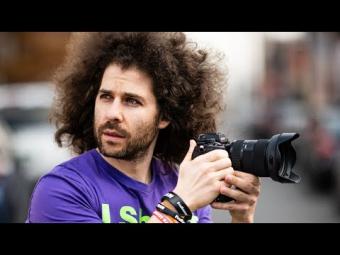
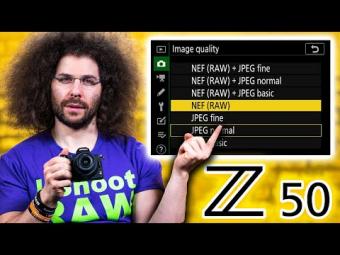
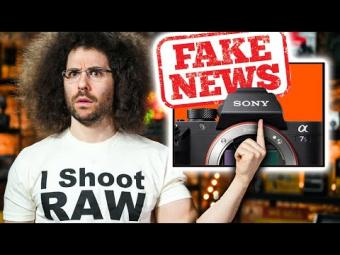
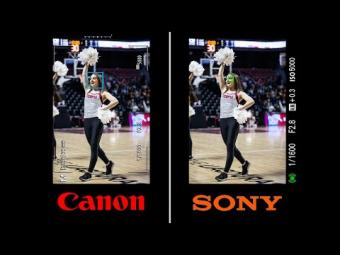
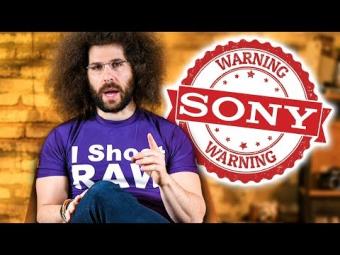
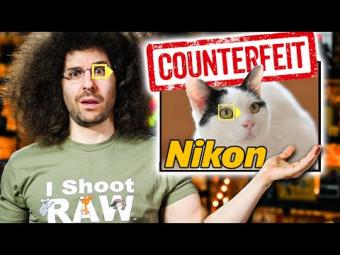
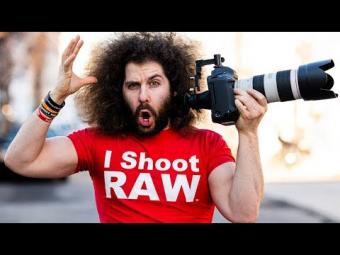
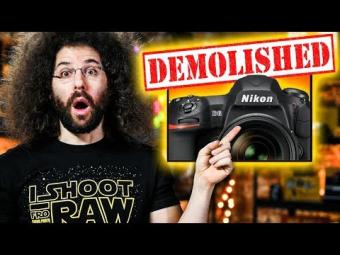
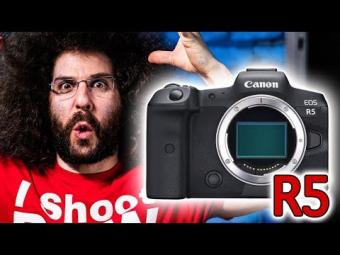
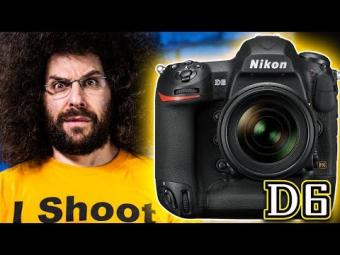
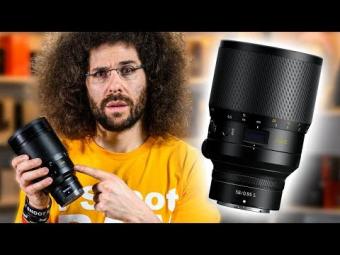
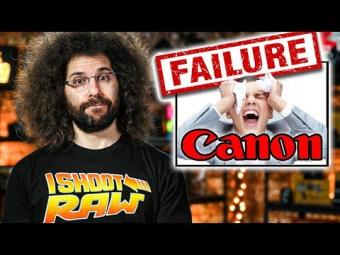
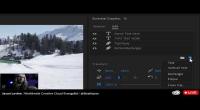
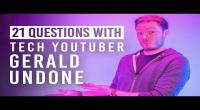
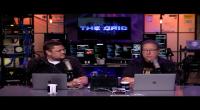
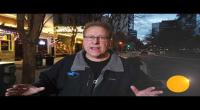
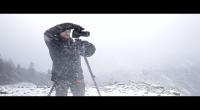
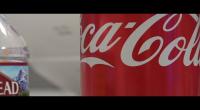
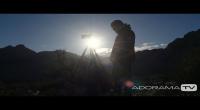
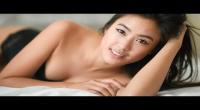

YORUMLAR